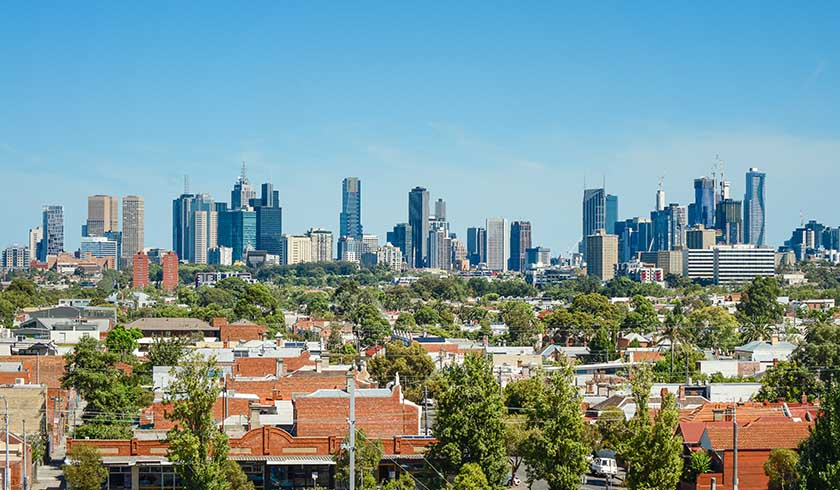Melbourne rents continue to decline
While most capital cities recorded increase in asking rents, Melbourne continued to see declines in both houses and units, according to latest data from SQM Research.

Over the month, capital city average asking rents increased 2.1 per cent for houses but decreased 0.5 per cent for units for the week ending 12 November 2020. Average asking rents now sit at $538 per week for houses and $409 per week for units.
Most capital cities recorded increases in house asking rents, with Sydney recording the highest increase of 3.4 per cent over the month. However, the NSW capital saw a decline of 0.6 per cent in unit asking rents.
Hobart saw a reversed trend, recording a decline in house rents of 4.7 per cent but an increase in unit rents of 1.5 per cent.
Darwin was the only capital city to record rental increases in both houses and units, with the highest increase in the nation of 4.2 per cent for house rents and 2.7 per cent for unit rents.
Melbourne, however, recorded declines in both house and unit asking rents over the month of 0.4 per cent and 0.5 per cent, respectively.
Adelaide recorded a 0.5 per cent increase in house rents but a 2.0 per cent decline in unit rents, while Canberra recorded a 1.6 per cent increase in house rents but unit rents remained stable.
Perth unit rents also remained stable and house rents increased 1.2 per cent over the month. Brisbane house and unit rents remained stable.
According to SQM Research managing director Louis Christopher: “Rents continue to plummet on our inner-city locations. For those who will be coming back to inner-city living, there are some bargains to be had.”
Year on year, capital city average asking rents declined for both houses and units, 2.0 per cent and 6.0 per cent, respectively.
Vacancy rates
National residential rental vacancy rate marginally increased to 2.1 per cent over the month of October 2020. The total number of vacancies Australia-wide now sits at 74,221 vacant residential properties. This time last year, the national vacancy rate was also at 2.1 per cent.
In most capital cities, the vacancy rate remained stable, except for Sydney, where there was a minor increase from 3.5 per cent in September to 3.6 per cent in October.
Melbourne recorded a larger increase from 3.8 per cent to 4.4 per cent and continues to have the highest vacancy rate in the nation, with an additional 3,863 vacant properties. The surplus of rental property is most acute in the Melbourne CBD where vacancy rates stand at 10.6 per cent.
Meanwhile, Hobart’s vacancy rate is the lowest in the nation at 0.6 per cent.
"Rental vacancy rates continue to remain elevated in our larger capital cities, while regional locations are still recording near zero rental vacancies,” Mr Christopher said.
“I believe the ongoing phenomenon, which started on the outset of COVID-19 lockdowns, will in part reverse out once coronavirus is behind us. But we are not there yet and there is also a large possibility that there will only be a part reversal as I believe many have used coronavirus as a catalyst for a longer-term lifestyle change.”
